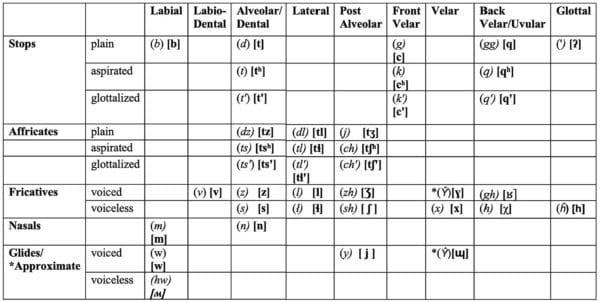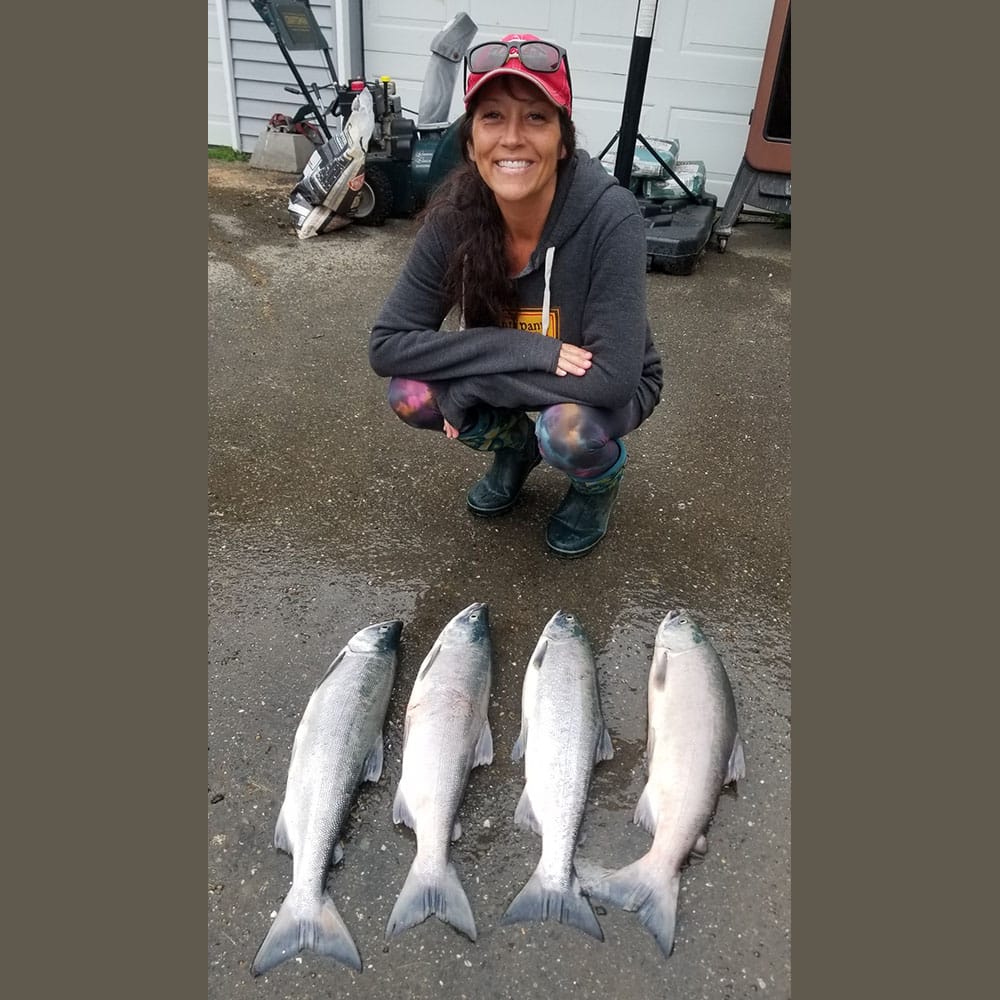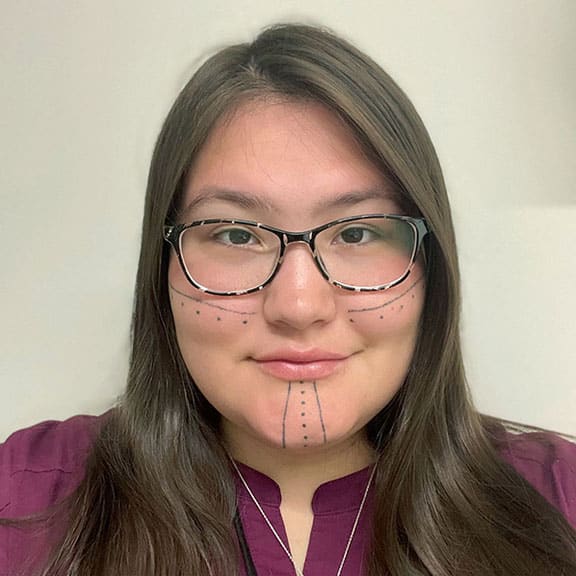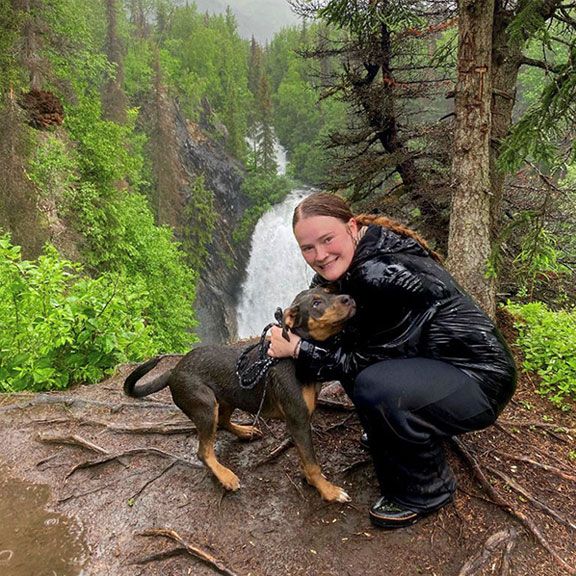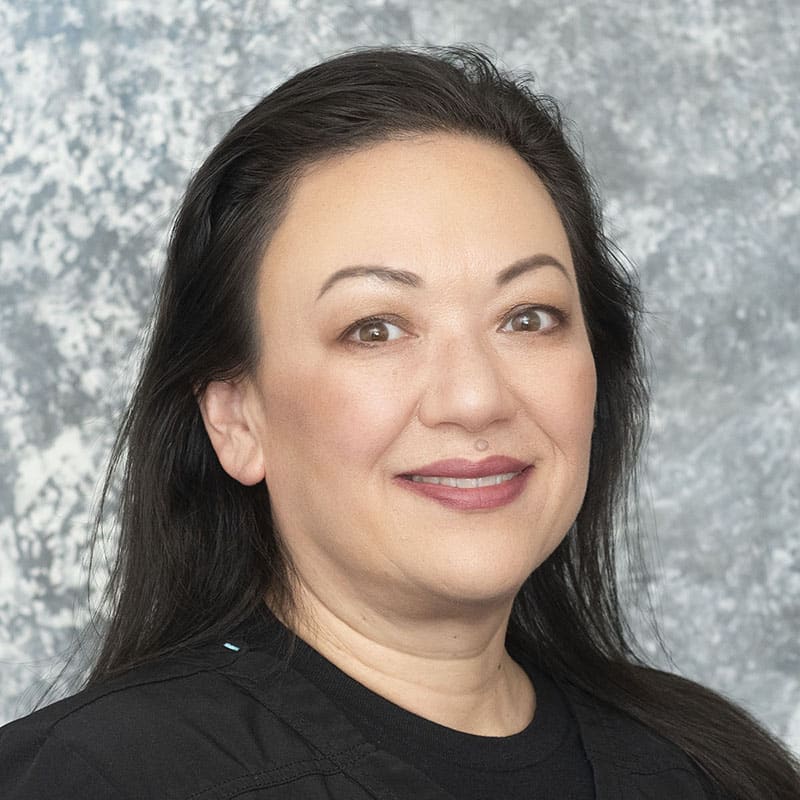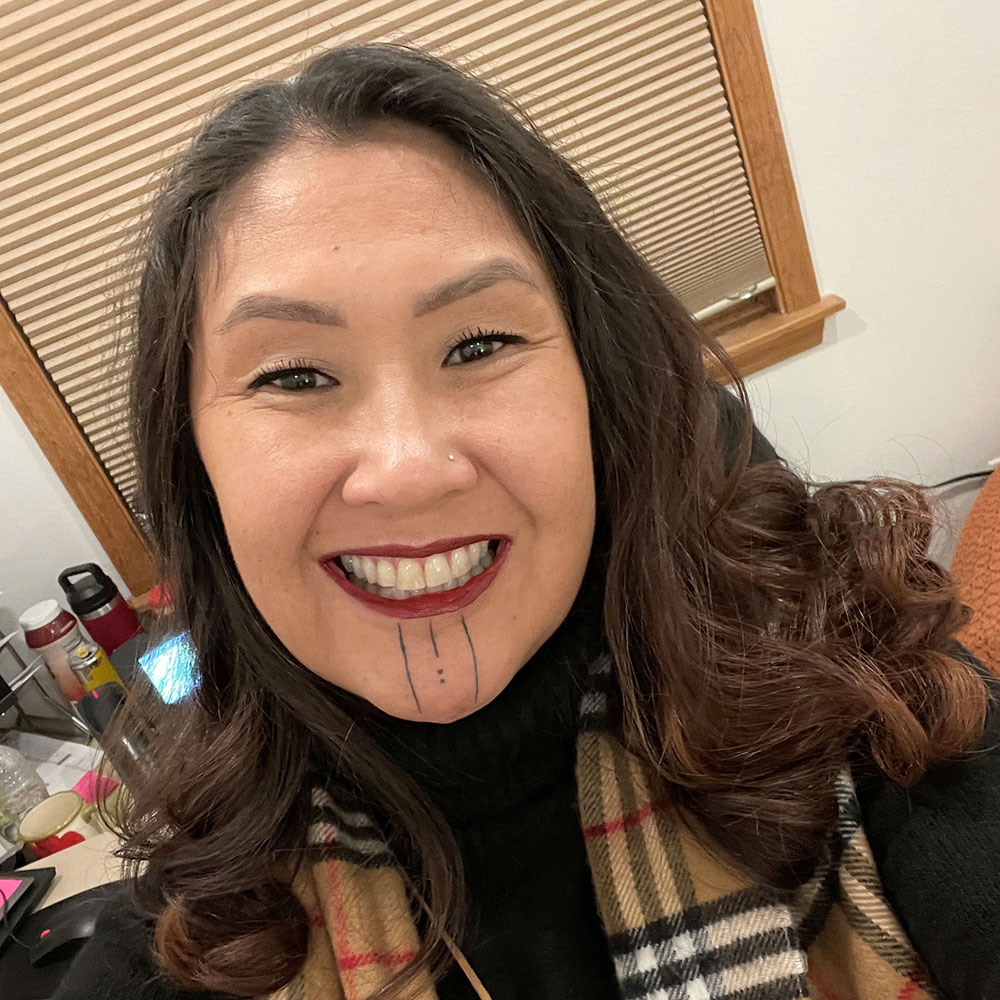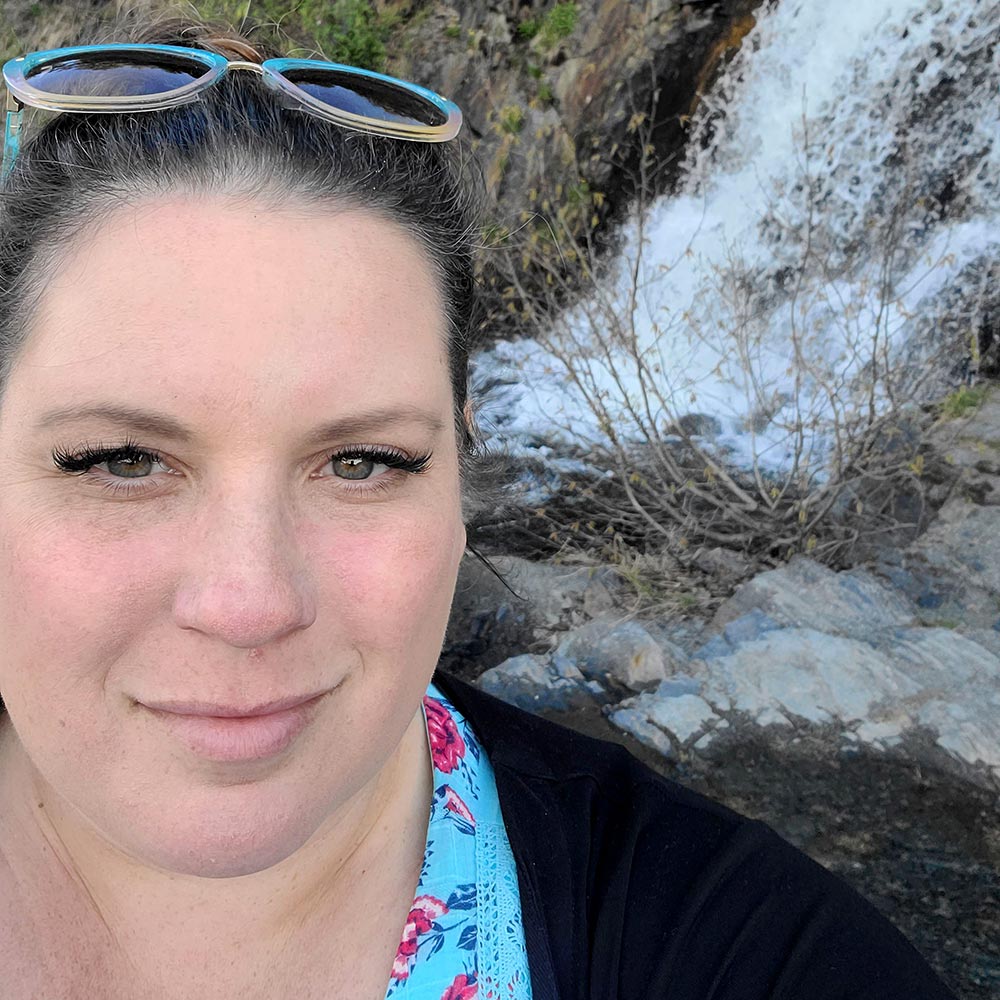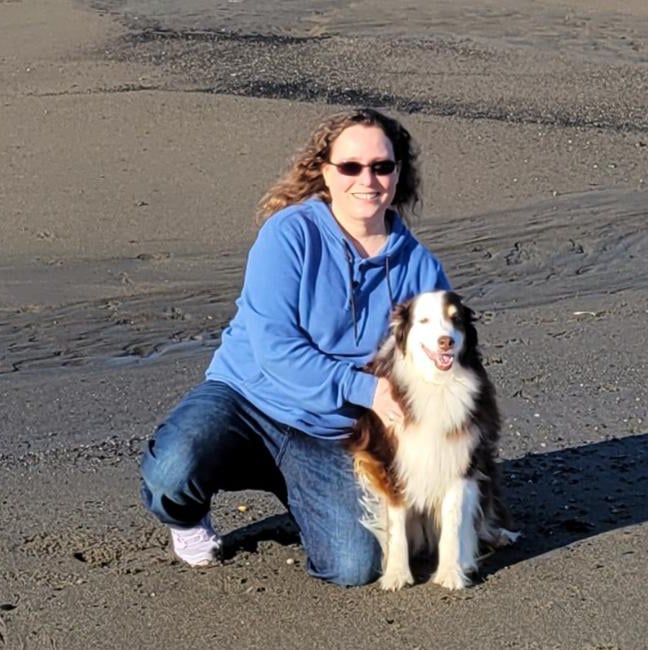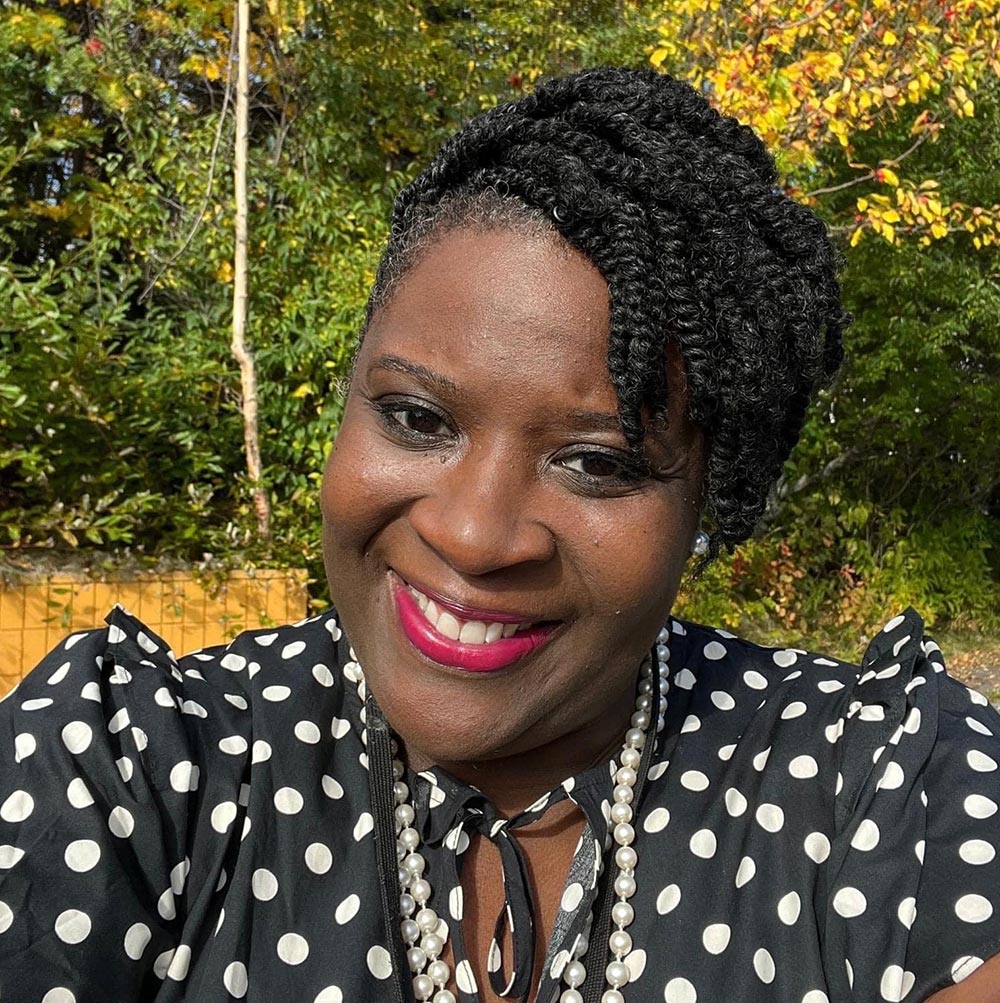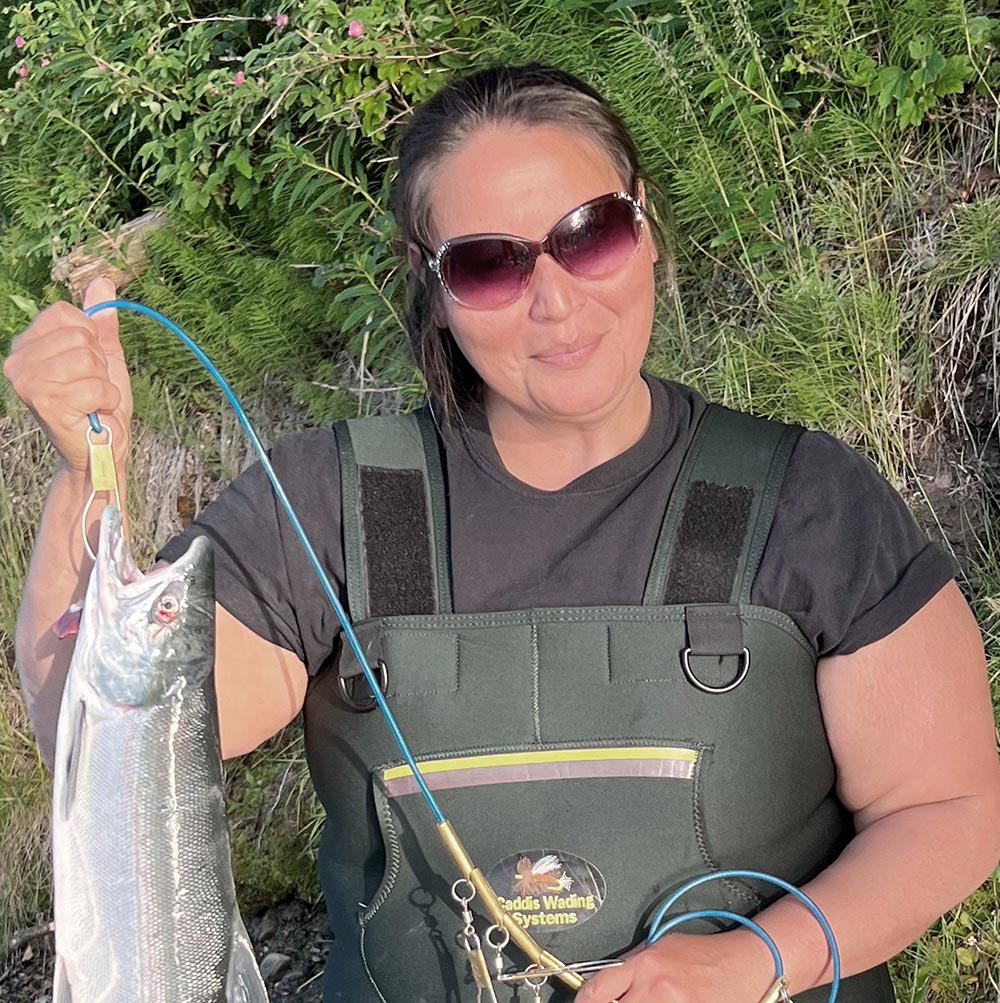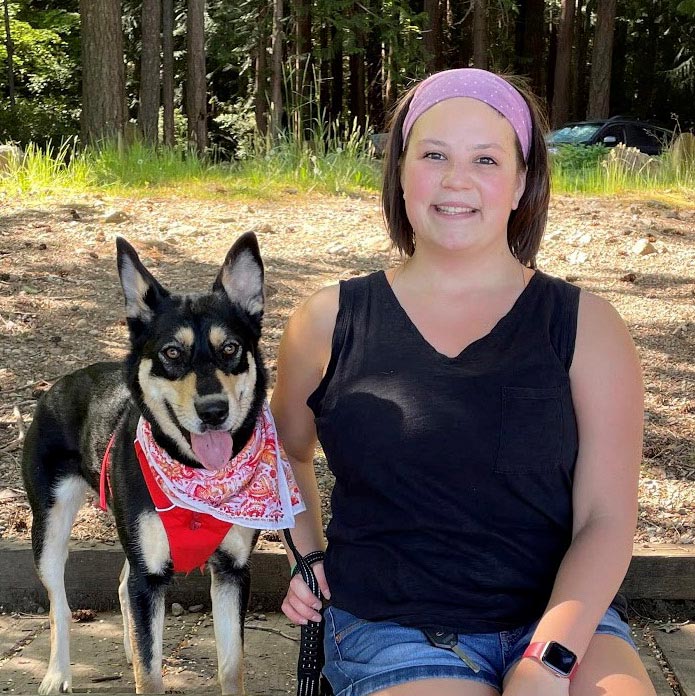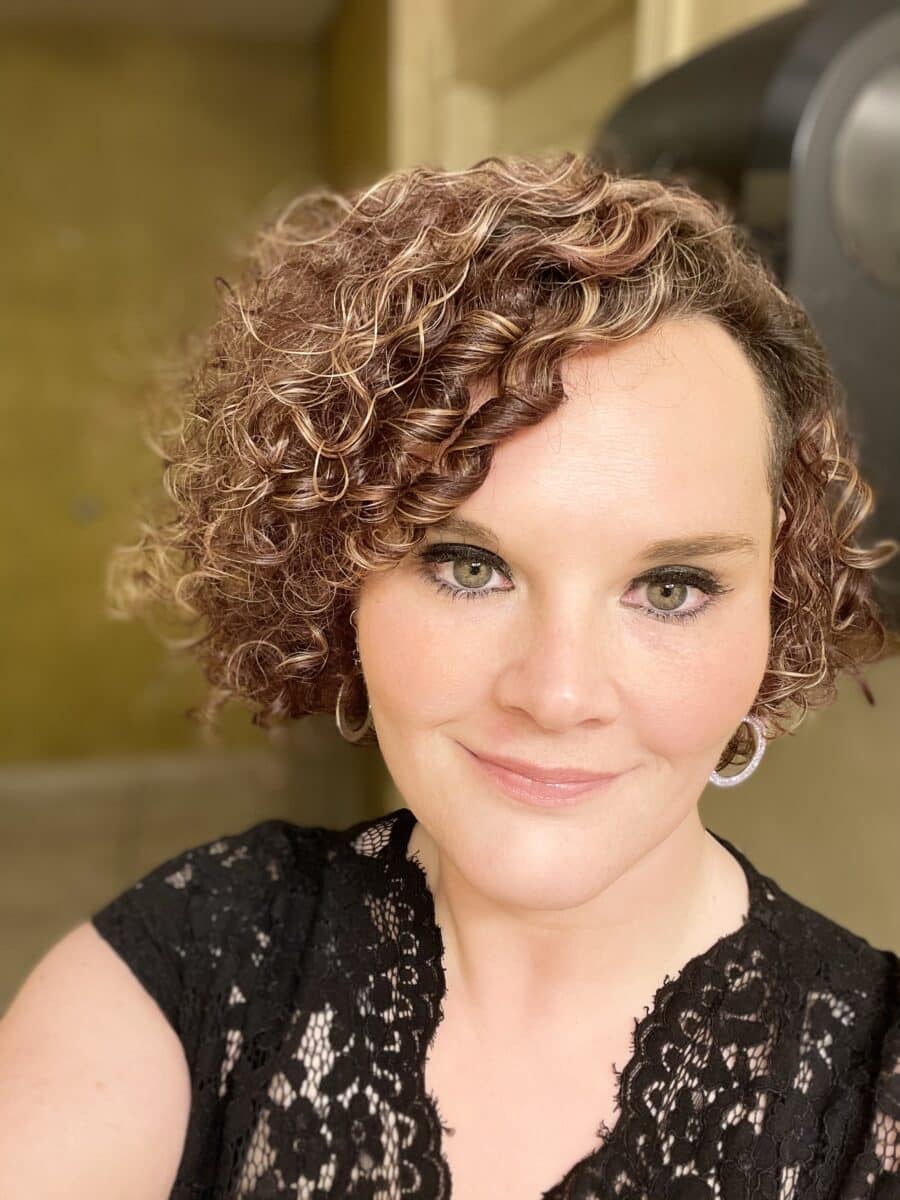Audio Dictionary Introduction
This English-to-Dena'ina audio phrase dictionary is alphabetized by English headword entries.
To navigate, use the search bar, scroll through the entire dictionary, or select a letter. The audio, spoken by first language speaker Helen Dick, can be played, adjusted for playback speed, and downloaded.
Following the English headword is the corresponding Dena'ina simple analysis. The Dena'ina analysis is between /forward slashes/ and uses an ellipsis (…) to show that there are other prefixes or suffixes that exist in the Dena'ina word but do not directly relate to the English entry's meaning. The ellipsis serves as a placeholder connector.
Below the entry line is an indented bolded Dena'ina phrase that shows the context for how the word is used. Below that is a plain text English translation.
If there are spelling errors, the audio serves as the standard for how words should be pronounced.
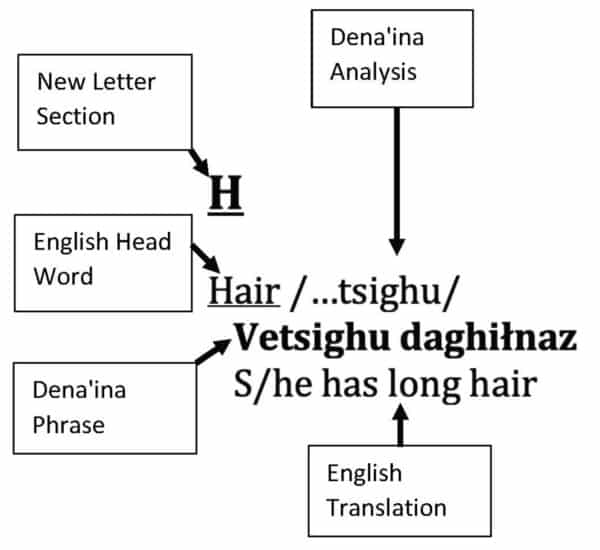
Notes on the Dena’ina language
The following three categories are intended to convey the differences between Dena'ina and English, based on how students have expressed these concepts.
Dena'ina Verbs: Dena'ina is a polysynthetic language that uses bound morphology extensively. This makes it difficult for beginning learners to look up words in a Dena'ina-to-English manner. To make it easier for learners, this dictionary is alphabetized based on English headword entries.
Dena'ina is a verb-based language. The reader may notice that a single English word translates to a whole phrase in Dena'ina. Dena'ina words are frequently equivalent to a complete English sentence.
Another way to think about Dena'ina words is that they are complete sentences made up of one stem combined with many prefixes and suffixes. The words are made up of individual pieces of language that are connected to create meaningful context. When the individual components of language are moved around, their context changes and the meaning shifts.
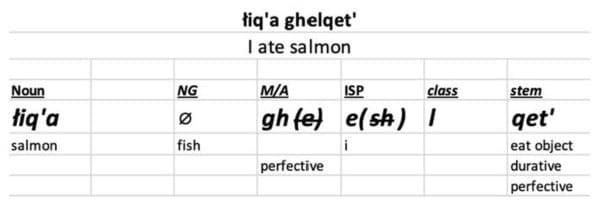
Dena'ina Pronouns: Dena'ina does not have a speech sound for the subject pronouns she, he, or it. For example, in English we say, "she will go to the store." In Dena'ina it would simply be, "will go to the store." The subject pronoun “she” is implied, even though it was not stated.
A conceptual comparison in English is the implied “you” subject. For example, I tell my family member, "Go inside the house." There is no subject in this statement, but the listener understands that the speaker is speaking to them.
There is one spoken object pronoun for her, him, or it. Dena’ina pronouns do not differentiate between sexes or what in English might be considered inanimate objects. There are no masculine or feminine suffixes or pronouns in Dena'ina. Pronoun use is based on what or who has agency or animacy in the situation. The Dena'ina language reflects the belief that the world around us is animate and has spirit.
Dena'ina Tense: The future tense is the only tense that is nearly directly equivalent to an English tense counterpart.
Dena'ina uses imperfective, perfective, future, and optative Mode. Mode is how and when the action takes place.
Imperfective: the action has started but has not ended.
Perfective: the action has started and completed.
Future: the action will happen but has not yet.
Optative: it is the intent of the speaker for the action to take place.
Speaking Dena’ina
There are four vowels in Dena'ina, A, E, I, and U, that can result in seven corresponding sounds depending on their neighboring consonants. E, I, and U can be lowered if they are next to the following back velar/uvular fricatives: gg, q, q', gh, and h.
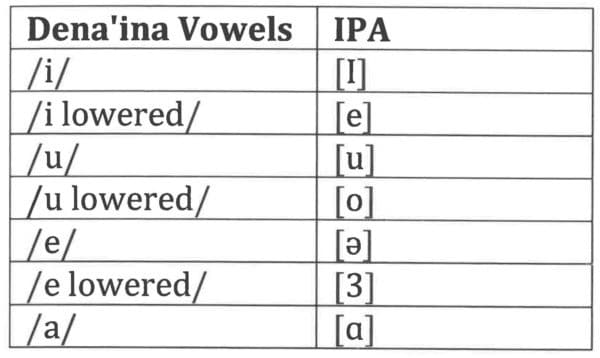
This is the Dena’ina International Phonetic consonant chart:
